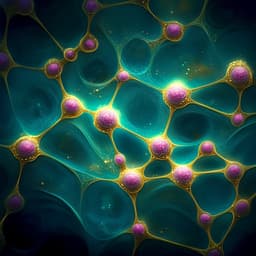
Agriculture
siRNA biogenesis and advances in topically applied dsRNA for controlling virus infections in tomato plants
C. M. Rego-machado, E. Y. T. Nakasu, et al.
Explore groundbreaking research on a non-transgenic RNA interference method developed by Camila M. Rego-Machado and colleagues to defend tomato plants against viral threats. Their innovative topical application of dsRNA has shown significant resistance to key viruses like Tomato mosaic virus and Potato virus Y, paving the way for sustainable agricultural practices.
Playback language: English
Related Publications
Explore these studies to deepen your understanding of the subject.







